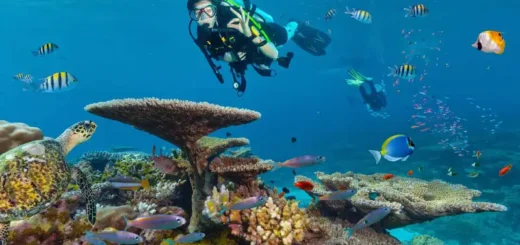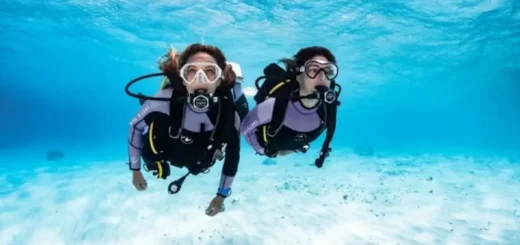Dive Safety In New Zealand: What You Need To Know
When it comes to diving, New Zealand is a world-renowned destination. The country is home to some of the most beautiful and diverse underwater environments in the world.
However, as with any diving destination, there are certain risks that come with diving in New Zealand. That’s why it’s important to be aware of the potential hazards and how to stay safe while diving in New Zealand.
Here are five things you need to know about dive safety in New Zealand:
1. There is a risk of getting decompression sickness.
Decompression sickness, also known as “the bends”, is a condition that can occur when a diver ascends too quickly from depth. It is caused by dissolved gases coming out of solution in the body and forming bubbles. These bubbles can block blood vessels and cause tissue damage.
While the risk of decompression sickness is relatively low, it is still a possibility when diving in New Zealand. That’s why it’s important to follow the dive tables and ascend at a safe rate. If you start to feel any symptoms of decompression sickness, it’s important to seek medical help immediately.
2. There is a risk of getting nitrogen narcosis.
Nitrogen narcosis is a condition that can occur when a diver breathes nitrogen-rich air at depth. It is caused by the nitrogen in the air dissolving in the blood and tissues. This can lead to symptoms such as dizziness, confusion, and impaired judgement.
While nitrogen narcosis is not usually dangerous, it can be if it leads to a diver making poor decisions or not following safe diving practices. That’s why it’s important to be aware of the symptoms of nitrogen narcosis and to ascend to a shallower depth if you start to feel them.
3. There is a risk of getting seasick.
While seasickness is not a diving-related condition, it is still a risk when diving in New Zealand. Seasickness is caused by the motion of the boat or the waves and can lead to symptoms such as nausea, vomiting, and dizziness.
Seasickness can be a real problem for divers, as it can make it difficult to dive and can also lead to dehydration. If you start to feel seasick, it’s important to take some preventative measures such as taking seasickness medication and staying hydrated.
4. There is a risk of getting stung by a jellyfish.
Jellyfish are common in New Zealand waters and can deliver a painful sting. The severity of the sting will depend on the type of jellyfish and the person’s individual reaction. Some people may experience only mild discomfort while others may have a more severe reaction.
If you are stung by a jellyfish, it’s important to seek medical help immediately. Jellyfish stings can be very painful and can sometimes lead to more serious complications.
5. There is a risk of getting bitten by a shark.
While shark attacks are rare, they do occur in New Zealand waters. Most shark attacks in New Zealand occur around the North Island, with the majority happening off the coast of Taranaki.
If you are diving in New Zealand waters, it’s important to be aware of the risk of shark attacks and to take precautions to avoid them. Some of the things you can do to reduce the risk of being attacked by a shark include avoiding areas where they are known to frequent, not diving alone, and wearing a shark deterrent.
Diving in New Zealand can be a truly amazing experience. However, it’s important to be aware of the risks involved and to take steps to stay safe. By following the dive safety guidelines, you can help to ensure that your dive trip is a safe and enjoyable one.




